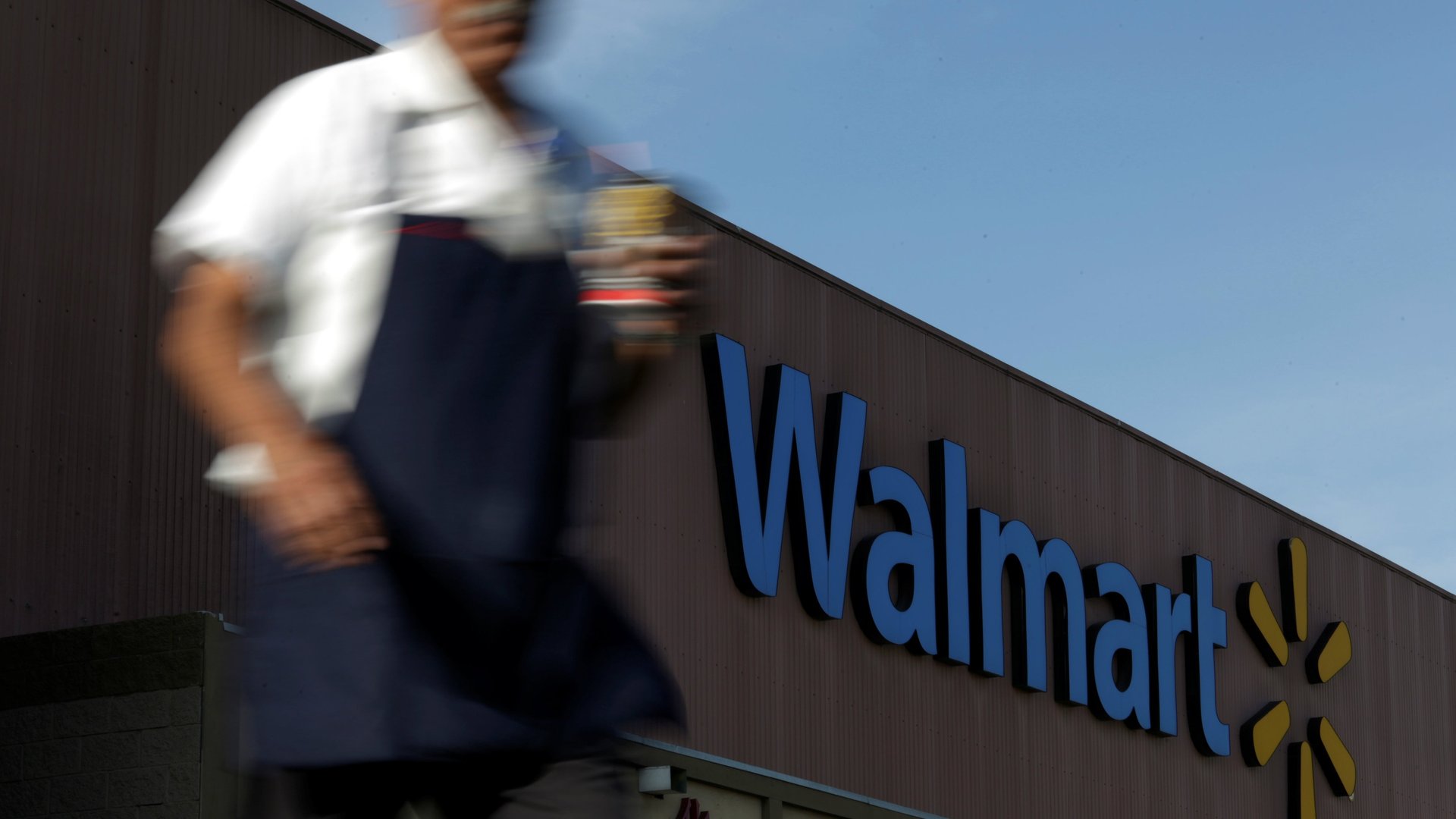Walmart has applied for a patent to track how much toothpaste and milk you use at home
An invisible eye may soon be tracking how much milk you’re drinking in your own home.


An invisible eye may soon be tracking how much milk you’re drinking in your own home.
Walmart, the world’s largest bricks-and-mortar retailer, is developing technology and has applied for a patent that will allow it to track the way products are used once consumers take them home. If implemented, use of the technology would be two-pronged. It will automatically re-order items, such as toothpaste and milk, when the bottles start running low. And it would also track how frequently products are used.
According to the research firm CB Insights, that kind of frequency tracking could tell Walmart how often someone wears a pair of tennis shoes. The company could calculate then how quickly the shoes wear down, and make suggestions to consumers about what pair they might consider ordering next through personal promotions.
This kind of technology isn’t entirely new, though it requires less work than what Walmart’s competitors currently offer. Amazon has Dash buttons available for its consumers. When products such as toilet paper, condoms, or laundry detergent run low, shoppers early press a button in their home and an online order is automatically filed. The difference with Walmart is consumers won’t have to do anything to prompt a reorder.
“Walmart has filed several other patents that could help to expand their grocery business, and this application could show a continued focus on connecting to shoppers’ kitchens,” according to CB Insights.
This desire to plug into consumers’ lives is part of a larger, more emblematic struggle between bricks-and-mortar retailers and online upstarts to figure out how people will shop for goods in the future and how much of it will be done online, through connected devices, home-delivery, and in-store pick-ups.
In 2015, Amazon officially surpassed Walmart in market value, a changing of the guard that reflected a growing consensus that online retailing will likely play a central role in the global economy in the coming decades.